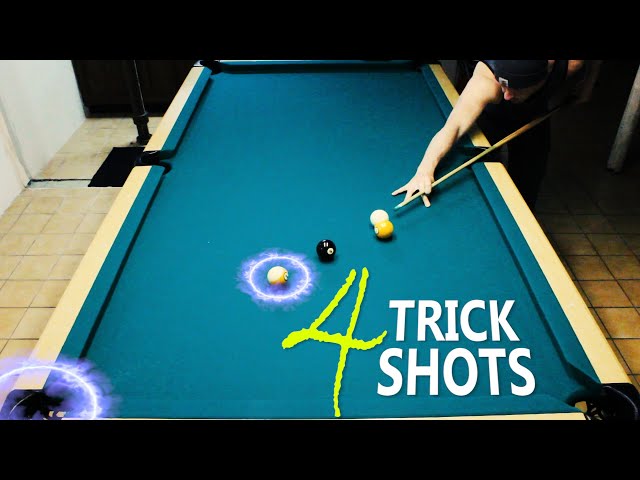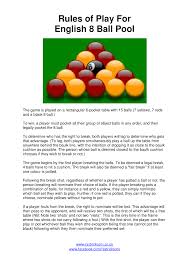
There are many materials that can be used to make snooker cues. Some cues have a heavier weight than others and some are lighter than others. The best options for snooker cues are maple and ash, regardless of material. Maple, however has some disadvantages that should be considered and should not be used without caution. These woods can vary in whippyness and stiffness so be cautious when selecting your cue.
Materials used in snooker cues
Ash cues display clear grain patterns such as chevrons and even arrows. Because of the uneven and wide graining, it can be difficult for them to bend straight. It is therefore important to carefully select your cue to avoid potential problems.
Ash cues are traditionally made of English ash. However, felling laws have led to a decrease in the availability. In recent years, American ash has become more popular, as it is straight grain. English ash cues are darker and more heavy than the ones in English, and they often display visible chevrons. Some players also choose to use maples, such as Acer sacrarum, which is more expensive. The maple timber has been fully kiln dried and seasoned for at the very least 12 months.
The same was rolled and bound.
Ash is a dense and lightweight wood that can be used to make snooker cues. It is not as expensive and luxurious as luxury snooker snooker ues. It has some flexibility, which makes it easier to spin the ball. It also has less deflection than other types of wood.

Maple and Ash are the two most popular timbers for making cue shafts. Maple and Ash are both very rigid and have great playability. Some models have brass or plastic ferrules.
Responsive towards wear and tear
It is crucial to properly care for your snooker utensils. You should store them properly, away from direct sunlight and moisture. The best way to prevent them from warping or damage is to keep them on a cue shelf. It is also important that they are protected from abrasive material such as chemicals and sandpaper.
One way to keep them in good condition is to add weight. Selecting a cue must weigh no less than 17 ounces is advisable. Any cue that is lighter than this will cause strain to your arm. An arm acceleration problem can be caused by a cue that's too light.
Add weight to the butt
For a balanced snooker game, it is crucial to know the weight of the butt on a cue. Some cues are made of ash while others are made of maple. Some cues are decorated, while others are plain and simple.
The shaft is attached to the butt by a screw. It is a heavier, lower piece. The shaft is smaller and more narrow. They are attached at their butts, where a male threads into the female. Cue joints come in a variety of materials, including brass, plastic and wood. Brass-to-brass joint are the most popular.

Rolling and bouncing the same
The most popular type of snooker cue is the ash-billiard cue. Ash snooker cues are usually between 18 and 20 ounces. This is lighter than the larger billiards balls. Snooker cues are mainly made from ash, although there are some made from maple.
Ash snooker cues also cost less than other materials. It will depend on how much they cost wholesale. Therefore, it is easy to find a cue for a reasonable price.